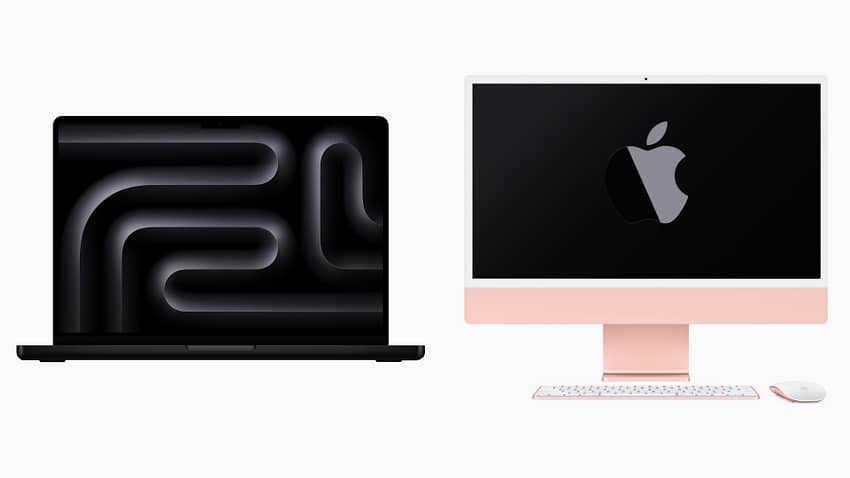I was reading an article in Medium and this quote stood out:
The whole point of purchasing a laptop instead of a desktop is to easily take it with you when you’re away from your workspace.
On the face of it, this seems reasonable. But I disagree with it. I think a laptop is about more than portability. It’s about mobile productivity.
I’ve been using laptops since about 1995. Back then, screens were grayscale (256 shades!), built in pointing devices were rare and battery life that exceeded 90 minutes was considered excellent. But they allowed me to remain productive in places where I couldn’t have a desktop computer.
There were lots of compromises – mobile processors were slower than desktops by a huge margin, costs were way higher and storage was often far more limited. But they solved a productivity issue.
Laptop or desktop: which is right for you?
In my view, there are three groups of users:
- Have no need for a portable computer as they have a dedicated space in their home or office.
- Rarely work in the same place or spend a lot of time travelling and need their computer with them wherever they are.
- Hybrids who send more than half their time in an office but need a computer when they are away.
Groups one and two are easy to figure out. Group one is a strong candidate for a desktop PC (they can work out which desktop Mac is best for them with the AAN Buying Guide). Group two is definitely the laptop crowd (here’s our buying guide for Mac laptops).
Group three is the interesting group. I fall into that group. I like having a desktop computer in my home office. I can walk in, sit at my desk and be instantly productive. There’s no messing around with connections and cables. Everything is sitting there, ready for me. I have a large screen (a 45-inch widescreen from Lenovo) and a keyboard and trackpad combination I’m comfortable with.
But I also spend some time travelling for work or working at client sites.
Where does the iPad fit in?
Apple has continued to boost the capability of the iPad. While the first generation device was primarily made for content consumption, there are now enter suites of productivity applications and myriad keyboard and stand options that can make the iPad a viable alternative to a laptop.
I abandoned having a laptop for a couple of years and travelled with a 12.9-inch iPad Pro and the smaller 11-inch model. The larger one was my laptop replacement while the smaller one was a handy second screen and reading device.
But I kept hitting roadblocks with the iPad. The biggest one was file management. The Files app is OK but it’s a colossal pain in the butt to move files around and share them. That led to me selling the big iPad and shifting to a MacBook Air.
Working as a laptop/desktop hybrid
These days, I sit firmly in Group Three. I do at least half my work on my desktop (an M2 Mac Studio) and the rest on an M3 MacBook Air.
Cloud services such as Microsoft 365, iCloud and others make it easy for me to work on one device and easily switch to the other with all my data available. And that’s the key.
Device portability is great but work portability is far more important. Being able to easily stay productive, without having to mess about with copying or duplicating files, is my focus.
It’s about productivity, not portability
The decision between a desktop and laptop should not solely be about portability. It needs to be focussed on what solution will help you be the most productive. That might be desktop and iPad. Or a laptop. Or a desktop and laptop.
If you’re faced with a decision between a laptop or desktop, start by thinking about how and where you work. Then you’ll make the best decision for you.

Anthony is the founder of Australian Apple News. He is a long-time Apple user and former editor of Australian Macworld. He has contributed to many technology magazines and newspapers as well as appearing regularly on radio and occasionally on TV.

